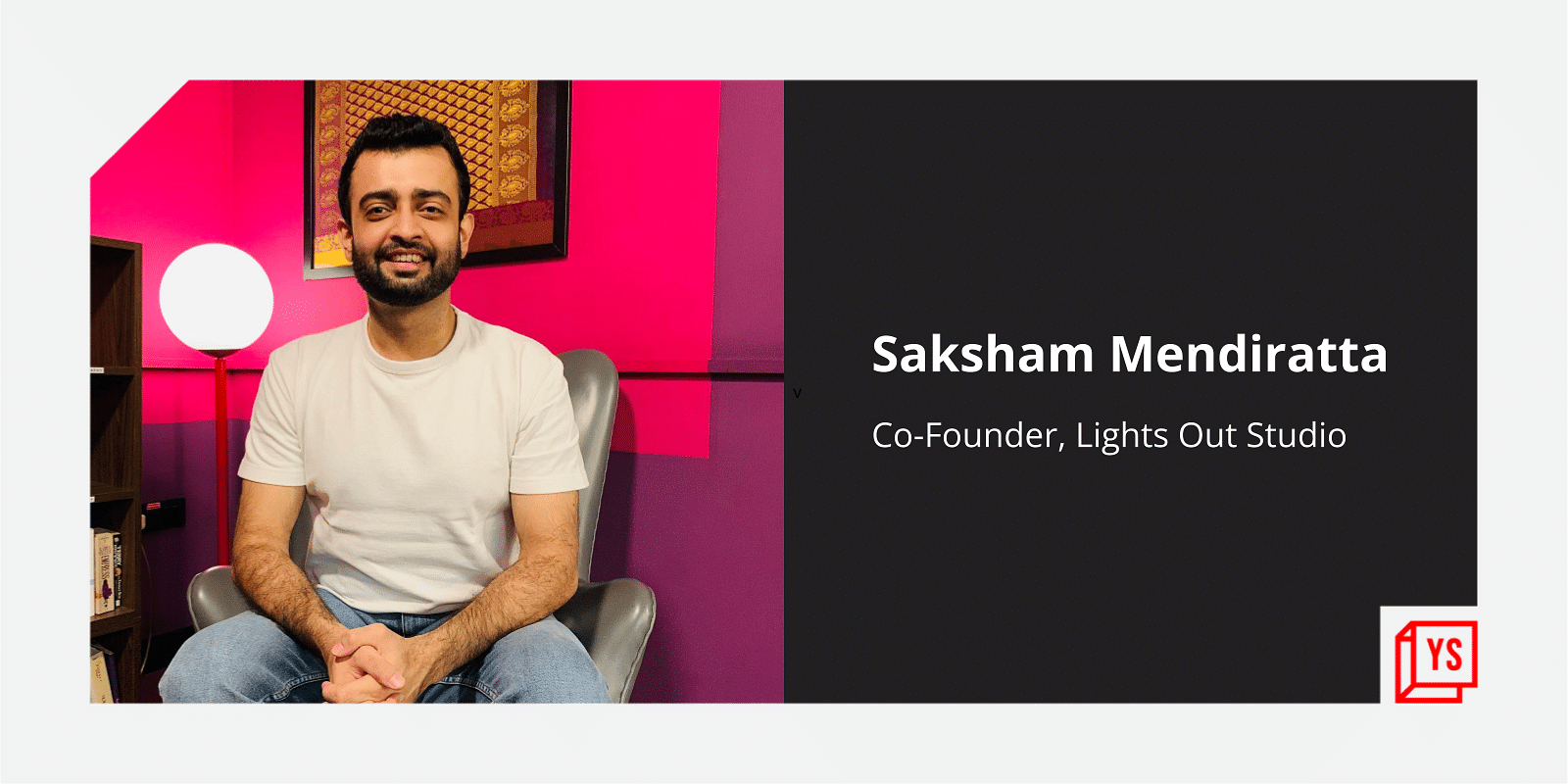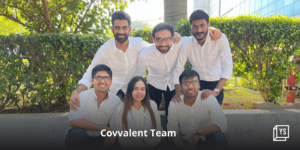Mumbai-headquartered product design company , which works with consumer brands such as Ayurveda brand and fitness and wellness app , announced its new vertical, Lights Out Ventures, which will invest in early-stage direct-to-consumer (D2C) companies as well as consumer brands.
Lights Out Ventures has already invested in two D2C brands, including Mumbai-based nutraceuticals brand Super Human Wellness, and Jaipur-based healthy snacks brand Eat Better. The firm did not disclose the details of the deals.
Lights Out Ventures aims to make investments from accrued revenues of the product design arm and plans to deploy close to Rs 3 crore by the end of 2022, Saksham Mendiratta, Co-founder at Lights Out Studio, tells YourStory.
Founded in 2018 by Saksham and Adil Singh, Lights Out Studio’s investment arm is a natural fit as the company already works with multiple D2C brands and consumer internet companies, including and Fitternity, says Saksham.
He adds that apart from investment, Lights Out also brings with it a partner network for the D2C brand to scale to its next stage.
“It is not an accelerator programme or a syndicate and we work as angel investors. We bring with us a network of partnerships, which could benefit D2C brands, such as connecting them with other venture capital funds for their follow-on rounds or distribution network and retail,” he says.
The D2C focus is further relevant as the company works with similar startups on product design. Lights Out Ventures plans to invest in 10-15 companies by the end of 2022 with cheque sizes between Rs 10 lakh and Rs 25 lakh. Lights Out itself continues to be bootstrapped.
With the addressable market in India for D2C brands pegged to cross $100 billion by 2025, the sector has seen the rise of specialised funds, as well as increased interest from growth-stage investors.
“Typically, we are looking at coming in at the pre-seed stage for D2C companies with a monthly run rate of Rs 25-75 lakh in sales. This proves that there is a clear product-market fit and a validation of the business. Also, the brand should be targeting affluent markets as we don’t have the knowledge to scale in Tier III and IV markets,” says Saksham.
The investments are managed by a central three-member team, and the company plans to add new members to drive product and distribution strategy.
While the fund will leverage its learnings from Lights Out Studio, there is no service agreement between the two verticals, clarifies Saksham. He adds that the thesis for selecting customers for the product design business is similar to that of the product design company, with priority given to digital-first, consumer-facing businesses, which serve the affluent markets.
“With COVID-19, there was a spike in interest in customer experience and differentiation from businesses. We have multiple filters before we start working with a brand – it should be in the D2C space, it has to be a high growth business so that we can use the data from traction to design a better experience and product,” says Saksham.
He adds that the potential investee businesses should be targeted at affluent markets as Lights Out is not geared towards improving experience and design for users in rural India.
Targeting such businesses will also help the company further scale in markets like the US and Canada where the technology adoption and market trends are ahead of the curve.










